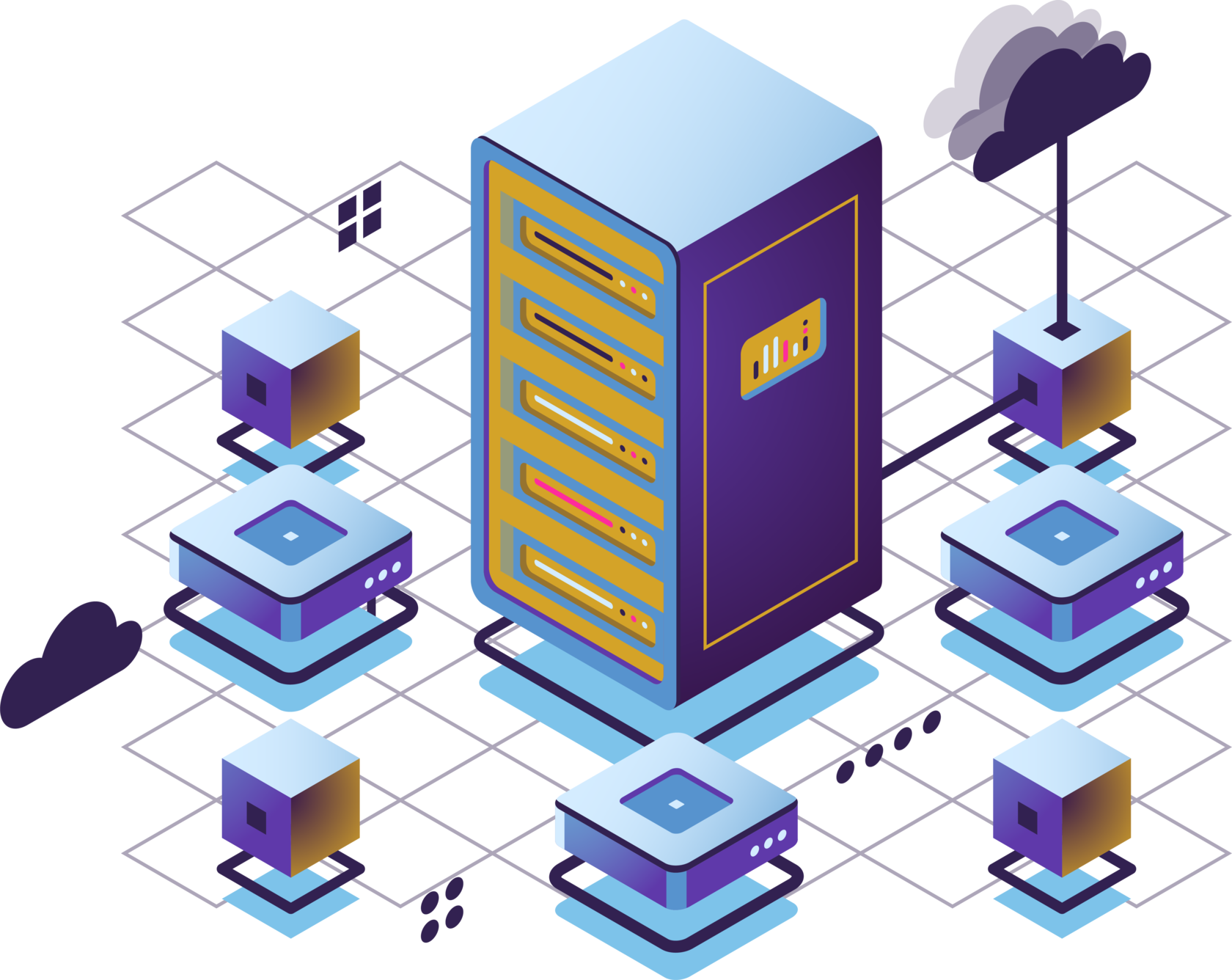August 21, 2019
Big Data, Cloud Services, Machine Learning, Tech
By admin
Every year in tech, there’s a new kid on the block. First “Cloud”, then “AI”, then “Big Data”, and now, it’s “Machine Learning”.
AI and computer programming pioneer Arthur Samuel coined the phrase “Machine Learning” all the way back in 1959. Samuel defined it as “the ability to learn without being explicitly programmed”. Computers need to be told what to do, and writing scripts of code is how we tell them. The concept of Machine Learning (ML) is getting computers to learn from past sets of data, so this code does not have to be continuously re-written. This is how ML requires less human interaction than traditional statistical analysis.
Machine Learning is an application of AI. It is the practice of using algorithms to examine data, learn from it, and then make predictions. Then, when given new input data, the model can execute the same function and produce accurate output. Like most things, its most easily understood through an example:
You want to create a program that recognizes bananas. It would be very tedious to program every explicit rule about bananas: “they are yellow”, “sometimes they have brown dots” “they have brown stems”… and the list goes on. Instead, you let the machine teach itself through feeding it a collection of photos of bananas. As you continuously run tests, the machine self-learns to recognize bananas (i.e patterns/relationships between data variables).
How Machine Learning can be useful for your business
Machine Learning automates statistical analysis. Where it exceeds the capabilities of humans is its ability to analyze a massive amount of variables and build models. Large data sets can have unexpected relationships between vectors. ML can identify these relationships in order to yield the most in-depth understanding of your data. This translates to the most in-depth understanding of your customer base, supply chain management system… or any data being analyzed.
ML also adjusts itself for changing patterns. For example, a model to analyze summer sales will have to change as fall inventory data comes in. Machine Learning accommodates for these changing data points, as well as additional features. An example of an additional feature would be considerations of a new market your company is trying to enter. In addition to this, Cloud-based infrastructure is making ML easily integrable due to supporting cloud frameworks and data libraries, contributing to its growing popularity.
Ask the right questions
While mainstream media might make Machine Learning seem like the closest thing to magic, like any technology, it must be executed correctly. Analyzing something specific like “which one of my 200 stores is an outlier for monthly sales” would be a much more valuable question than “which one of my 200 stores is underperforming”. Because it will not solve poorly defined general problems, human programmers are still needed, and it is difficult to get right. You need the right programmer to explore this new tech, fix new bugs, learn with fewer resources, and feed it the right data to yield answers to valuable questions. To read about the 4 different types of ML, click here.
Machine Learning goes beyond statistical analysis and holds endless possibilities. Its ability to self learn and deal with large complex sets of data produce the most powerful and valuable insights so your company can leverage its data assets into profit.
